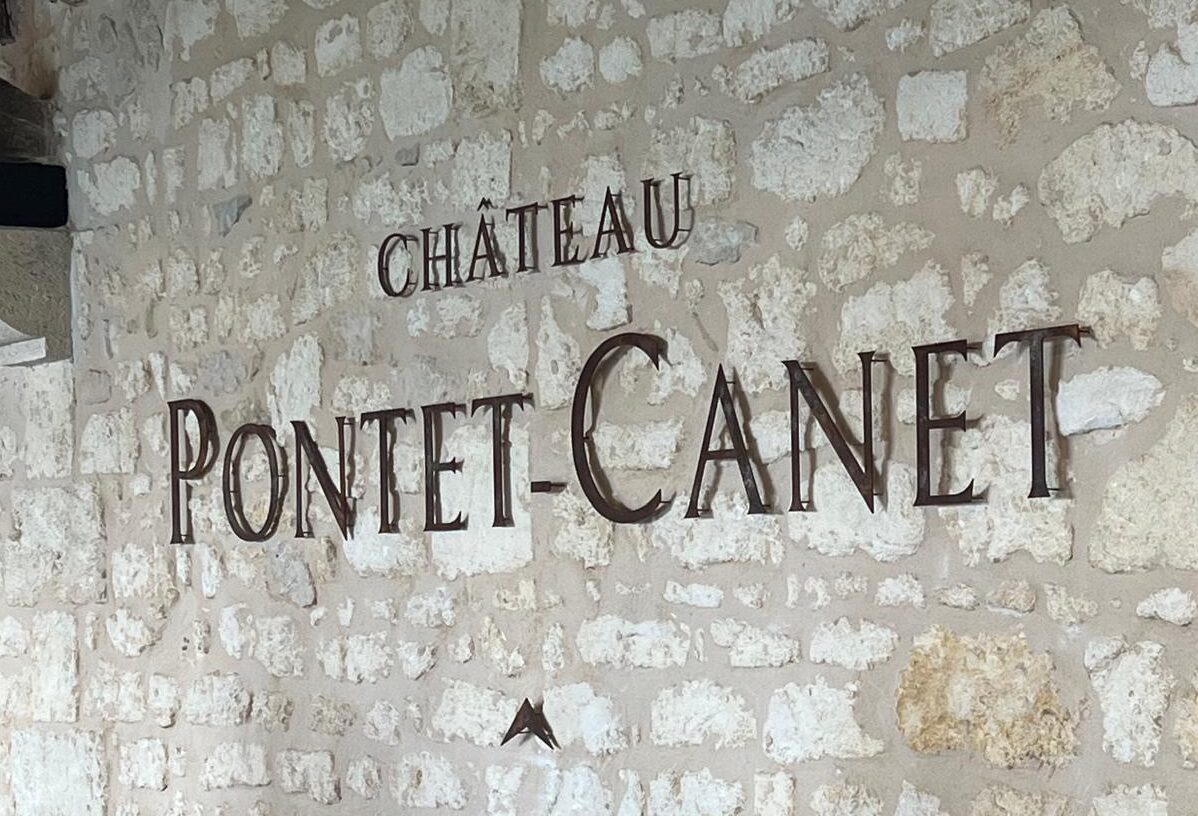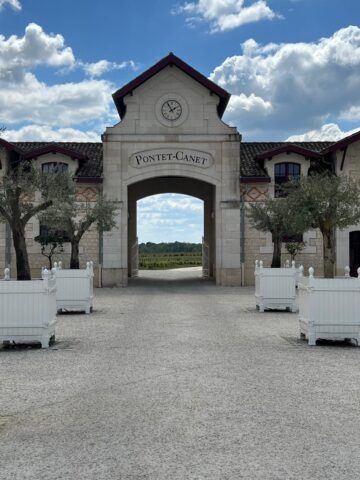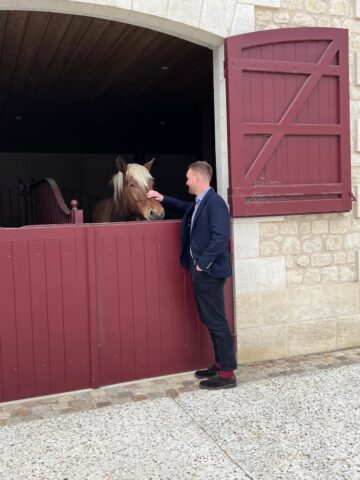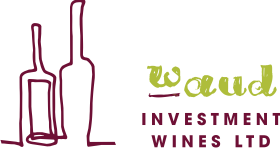
Château Pontet-Canet
 Pontet-Canet is one of the most iconic estates of Bordeaux. It is one of the pioneers of environmentally friendly and sustainable agriculture in Bordeaux. A philosophy that advocates the free expression of the terroir and the transcription of its character to the wines. It is a 5th Grand Crus Classé, representing 81 hectares of some of the best terroir in AOC Pauillac. The vineyard is planted with 65% Cabernet Sauvignon, 30% Merlot, 3% Cabernet Franc, and 2% Petit Verdot.
Pontet-Canet is one of the most iconic estates of Bordeaux. It is one of the pioneers of environmentally friendly and sustainable agriculture in Bordeaux. A philosophy that advocates the free expression of the terroir and the transcription of its character to the wines. It is a 5th Grand Crus Classé, representing 81 hectares of some of the best terroir in AOC Pauillac. The vineyard is planted with 65% Cabernet Sauvignon, 30% Merlot, 3% Cabernet Franc, and 2% Petit Verdot.
History of the Estate
In 1757, Jean-François De Pontet, Governor of the Médoc, acquired land in Pauillac and in the area known as Canet. As was customary, he gave his name to the Château: Château Pontet-Canet. Henri Herman Cruse, an established wine merchant in Bordeaux, bought the estate in 1865. He revolutionised the château and built up the reputation of its wines. In 1975, the estate was bought by Guy Tesseron, a Cognac winemaker and merchant who also owned Château Lafon Rochet in Saint-Estephe. His son, Alfred Tesseron, took over in 1994. Straight away, in 1995, the first steps were taken towards organic farming and a rethink of production methods.
In 2004, Château Pontet-Canet made a long-term commitment to convert its entire vineyard to biodynamic viticulture – the first of the Médoc Grand Cru Classé.
A few years later, in 2010, the Château’s wines were certified organic and biodynamic. Becoming the first Grand Cru Classé in the Médoc to obtain double certification for its entire vineyard.
The Terroir
The heart of the Pontet-Canet terroir, the ‘Plateau’, is a ridge of Günz gravel from the Garonne (dating from the first ice age of the Quaternary era between -1.3 and -1.1 million years ago), resting on a limestone bedrock. This fine, well-draining soil is reputed to suit the character of the great Cabernet Sauvignon grapes, which account for over 60% of the grand vin.
The other part of the vineyard is located near the river, not far from the village of Pouyalet, an area that is clearly more chalky. In some plots, the limestone is more present, while in others the clay rises to the surface.
These cooler, richer soils are ideal for Merlot, producing more structured, fleshy wines. To reconnect with the past, four plots on the edge of the vineyard have been planted with Petit Verdot, which brings spicy aromas to the great wine of Pontet-Canet.
 The Vineyard
The Vineyard
In order to avoid the soil being compacted by heavy tractors and to preserve the old vines, the estate decided to use draught horses in 2008. Today, a dozen or so Percheron horses work half the vineyard‘95% of our work takes place in the vineyards.’ – Mathieu Bessonnet, Technical Director
In keeping with the desire to regulate the soil naturally and remain true to the essence of the terroir, a room has been set up to produce all the biodynamic preparations, herbal teas, decoctions, washes and sulphur- and copper-based sprays.
The Wine
Vinification takes place in the Château’s three vats: the historic wooden vat dating back to the 19th century, the concrete vats inaugurated in 2005 and the latest amphora vats, which was completed in 2017 and is the only one of its kind, designed without electricity.
Around half the production is matured in new barrels, 10-15% in ‘one-wine’ barrels and, since 2012, 30-40% in Dolia (concrete amphorae). The ageing period varies from 16 to 18 months, depending on the type of wine.
